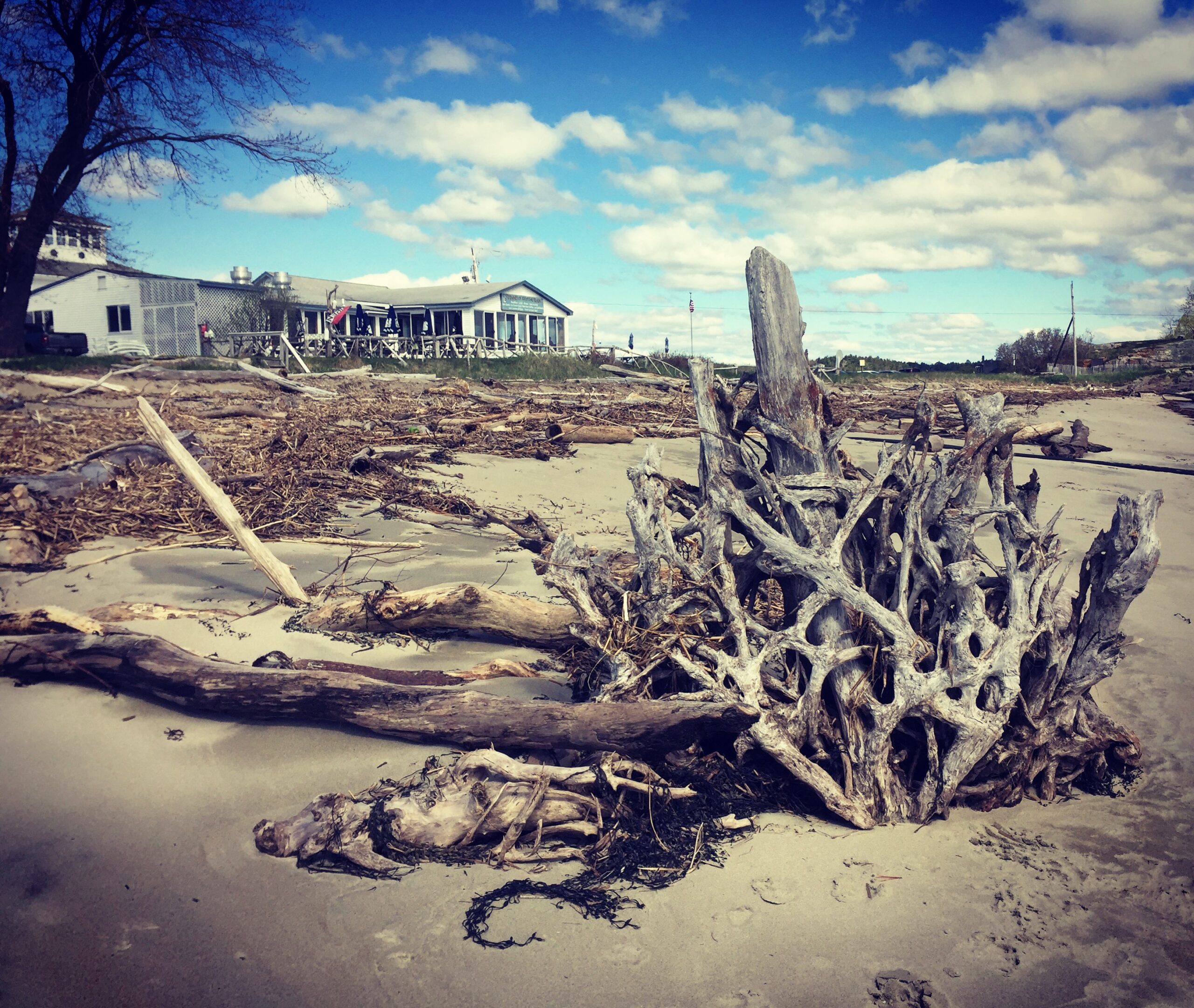
The Poverty Cycle
Like many social observers and social critics over the past half century, we propose that a cycle of poverty is closely related to the two major themes introduced in this chapter (capitalism and individualism) as well as the attendant themes of power and control. A similar relationship is identified by Daniel Moynihan and his colleagues who published On Understanding Poverty in 1968 (Moynihan, 1968a). There is a strong propensity for the establishment of a poverty cycle when there are established conditions of profound individualism and the dominance of a capitalist spirit in a specific society (Moynihan (1968b), Specifically, there are four elements (actually cluster of elements) in the poverty cycle that all interact and reinforce one another—and each of these clusters relates directly to both capitalism and individualism.
The Elements of Poverty
First, there are cultural and environmental obstacles to motivation in a society where capitalism and individualism tends to shift control from an internal source to an external source. This first cluster of motivational elements is joined by a second set of elements. Poor health, inadequate education and low mobility lead to limitation in earning potential. A third cluster of elements closely relates to the first two. These elements concern limited job prospects and income opportunities. Lower earning potentials and opportunities lead to lower wages. Lower wages, in turn, lead to reduced expenses and increased profit—which are two of the primary goals in a capitalist society. Furthermore, a spirit of individualism in a society tends to minimize collective protection or control, thus making it even more likely that those earning low wages will be unable to change these poverty-producing conditions. With no societal guard rails there are no opportunities to break up the poverty cycle.
The various states and conditions of poverty represent the fourth cluster of elements. The states of poverty result from the interweaving of the other three clusters. Poverty, in turn, contributes to the other three elements. A “perfect storm” is created with the winds and waves of cultural and environmental barriers, poor health and education, limited opportunities for work and wages, and poverty. These winds and waves pile up—creating chaos and despair among those caught in the poverty cycle. What are the environmental conditions that increase the chances there will be a perfect storm? They are capitalism and individualism. Both conditions lead to an externalization of control and to ways in which the women we studied experience their own life that is filled with work.









